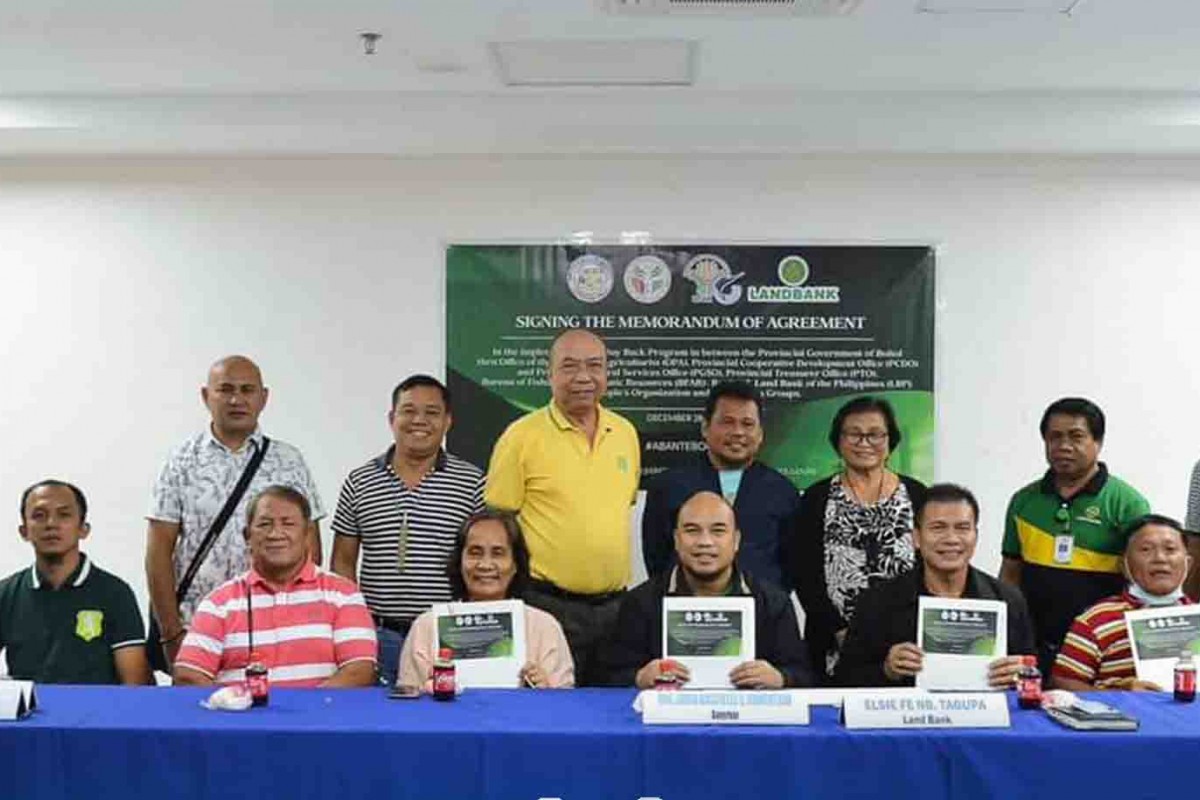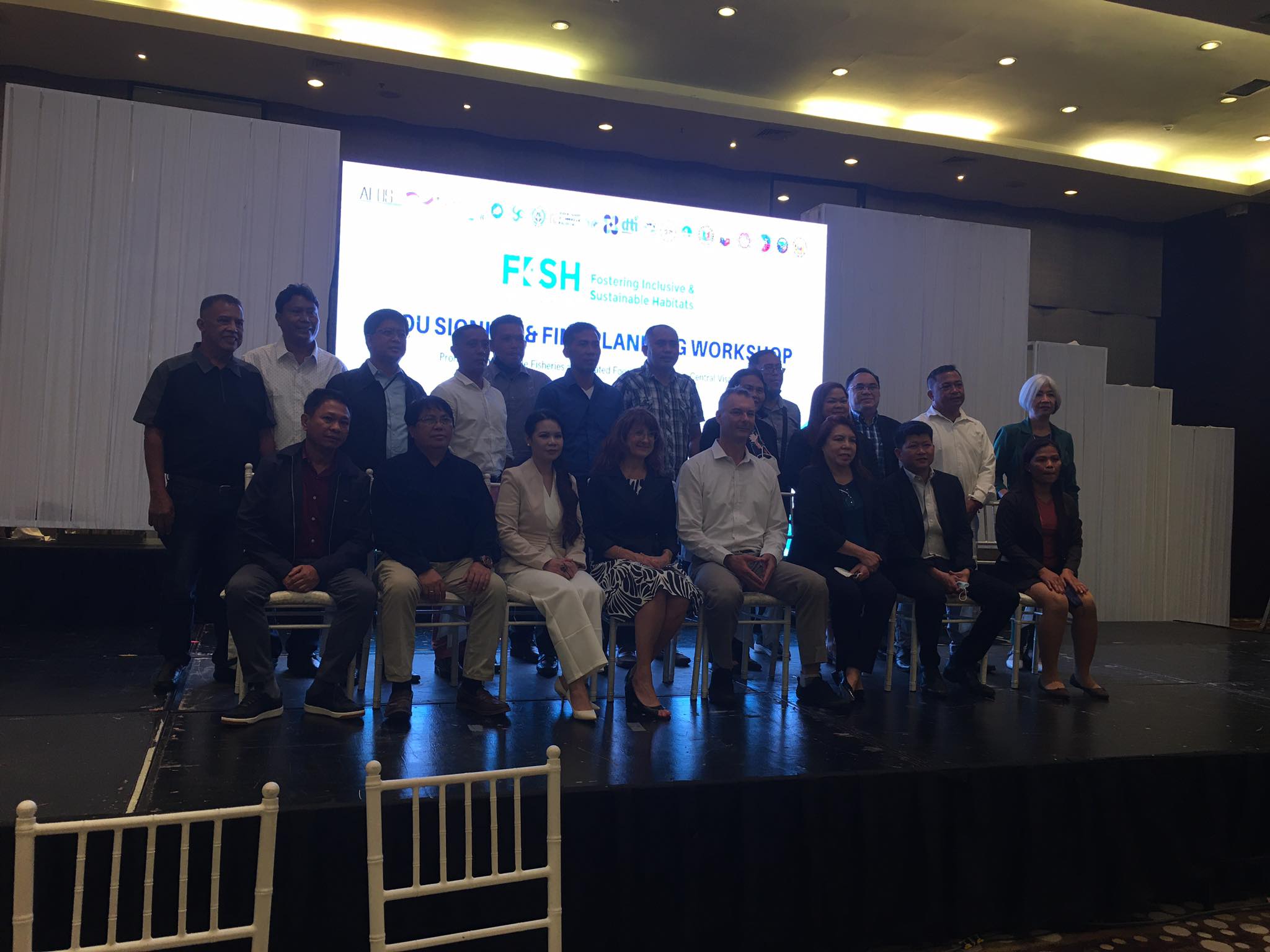TAGBILARAN CITY, Bohol, Jan. 9 (PIA) -- The Provincial Government here, in partnership with Land Bank of the Philippines (LBP) and concerned government agencies, is implementing measures to keep a balanced trade scale as Bohol continues to struggle to increase fish harvest after Typhoon Odette hit the province in 2021.
The Department of Agriculture (DA) here reported that after Odette hit Bohol, the devastation also affected the multi-million fisheries and agriculture infrastructure, leaving Bohol with a fish production that could only last for days.
Government officials here point to the severely diminished fish harvest amid the recovery and restoration of these key production facilities as the cause behind the skyrocketing fish prices.
Now, as the government implements the Fish Buy-Back Program (FBBP) with a modified subsidy system in place, the Bureau of Fisheries and Aquatic Resources (BFAR) committed their reefer vans for logistic and cold storage facilities to stabilize fish supply, while traders are mandated to report where they sell and to whom they sell their fish stocks bought from the Provincial Government.
Last week, the Provincial Government through Gov. Erico Aristotle Aumentado and the offices of the Provincial Agriculture and Provincial Cooperative Development signed with BFAR, LBP, and 17 people’s organizations and 10 fisher folk cooperatives a Memorandum of Agreement on the FBBP.
FBBP is seen to protect consumers from destabilized prices caused by artificial shortage of fish market stocks due to reported fish cartel operations, while strengthening local infrastructure support mechanisms to improve productivity and income of marginal fishermen and assuring fish supply in local markets.
Allocating funds for its operations, the Provincial Government also tapped LBP to help partner farmer-fishers associations (FFAs) access a credit facility for fish trader cooperatives and FFAs through the DA’s Agricultural Competitiveness Enhancement Fund (DA-ACEF) facility.
These soft loans, which could be used to finance the building of fishing boats, buy marine engines, fish nets and paraphernalia as well as inputs from fish cage culture and trading capital, would earn a 2% per annum interest and is payable in five years.
Payment starts after six months from release of funds.
The access to credit facility could solve the problem of fishermen selling their day’s catch to hawkers at sea, noting that bringing in the catch to shore could mean lugging the fish to the markets or selling them to traders for a measly sum.
The MOA provides that fishermen member of partner associations can sell 50% of their catch to a Provincial Government consolidation officer at the fish ports, and his organization gets paid via GCash, which the organization pays to the member on that same day.
And to keep the prices stable, the fish obtained for the program would be sold P20 less than the current prevailing market price, according to the signed MOA for the program. (RAHC/PIA7 Bohol)



